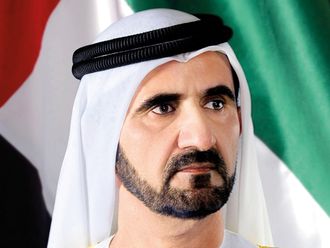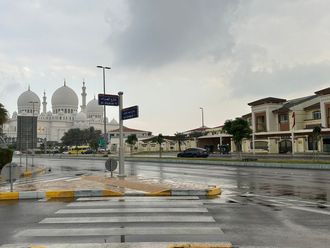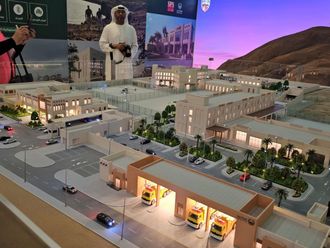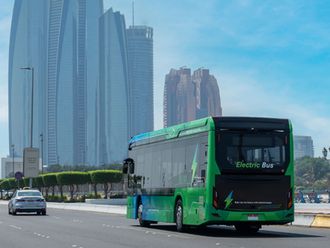_resources1_16a30b2de24_medium.jpg)
Abu Dhabi: Abu Dhabi has launched a long-term plan that aims to make the emirate resilient to climate change while ensuring a vibrant, healthy environment for all.
The ‘Abu Dhabi Environmental Centennial 2071’ will also include pathways to make the emirate a leader in conservation over the next 50 years.
Developed by the Environment Agency – Abu Dhabi (EAD), the emirate’s environment sector regulator, the vision is aligned with the UAE government’s aim to be the best county in the world by the 100th anniversary of the union in 2071. It sets aims, goals and plans in line with future global megatrends and the UAE’s own targets.
Comprehensive plan
The EAD partnered with eight government agencies to develop the Environmental Centennial 2071, thus linking investment and conservation efforts with advanced technologies and sciences. The authority also ran a public poll to capture more than 1,000 ideas that would shape the forward-looking 50-year plan.
“The EAD realised that with the acceleration in technological advancement and development, along with the increasing risks of climate change and the impact of global megatrends on the world’s population, it is important to develop a shared, integrated and flexible vision that will leader future efforts so that the next generations can enjoy nature and green development,” said Dr Shaikha Salem Al Dhaheri, EAD secretary-general.
Scientific foundation
“During the development of the Environmental Centennial 2071, we relied on scientific foundations and adopted a participatory approach that led us to prominent government partners who showed the highest levels of dedication and teamwork to achieve a better future. We also received motivation and inspiration from our people who did not hesitate to join our journey,” she said.
Three pathways
The Environmental Centennial therefore draws three key pathways that support the green transformation, with a total of 12 pillars, 33 goals, and 76 future programmes.
The first of the pathways focusses on ensuring a “vibrant emirate, thriving in nature”. It includes four pillars describing the ambitions of conserving Abu Dhabi’s environment and its natural resources, creating ecosystems within advanced frameworks to ensure a healthy environment for all, and ensuring Abu Dhabi is the most advanced city in terms of environmental health.
The second pathway works towards making the emirate a “green force resilient to climate change”. Various pillars aim to achieve excellence and proactivity in climate action, the adoption of various renewable energies to enable transformations into low carbon fleets, and the consolidation of a circular economy with no waste.
The third pathway looks at making Abu Dhabi an environmental leader that can shape the future and enable action to preserve resources for futute generations. Green policies and regulations, as well as non-traditional environmental education, will play a key role in enabling this.
‘Global megatrends’
A number of key global megatrends have guided the development of the centennial plan.
-The world’s population will reach 10.6 billion in 2071, an increase of more than 25 per cent which adds further pressure on natural and food resources.
-The size of the global economy is expected to be four times larger than today, which will requires 80 per cent additional energy output, if no action is taken on current consumption.
-Rising sea levels will displace 1.4 billion people globally.
-Global water demand is expected to increase by more than 55 per cent, driven by increased manufacturing, thermal generation of electricity and domestic use.
-Oil will be depleted by 2060.
-Life expectancy is predicted to increase, and more than a quarter of OECD countries’ populations will be over 65 years old.
-Desertification will intensify, leading to the displacement of more than 135 million people by the end of the 2050s.
-Total food production is expected to increase by 70 per cent by 2050.
-Plastics in our oceans will outweigh marine animal populations, with more than 900 million tonnes of plastic expected to be in our seas by 2050.












